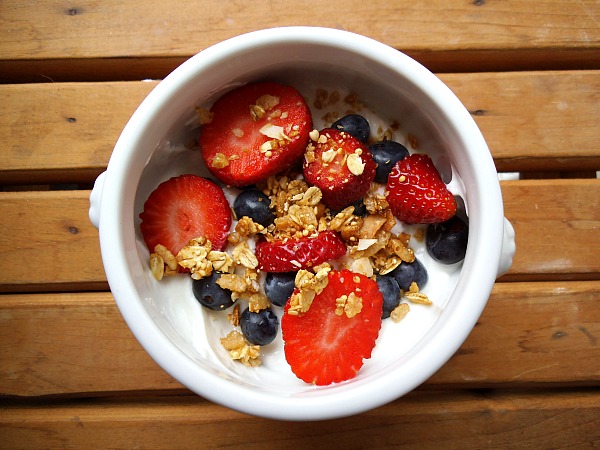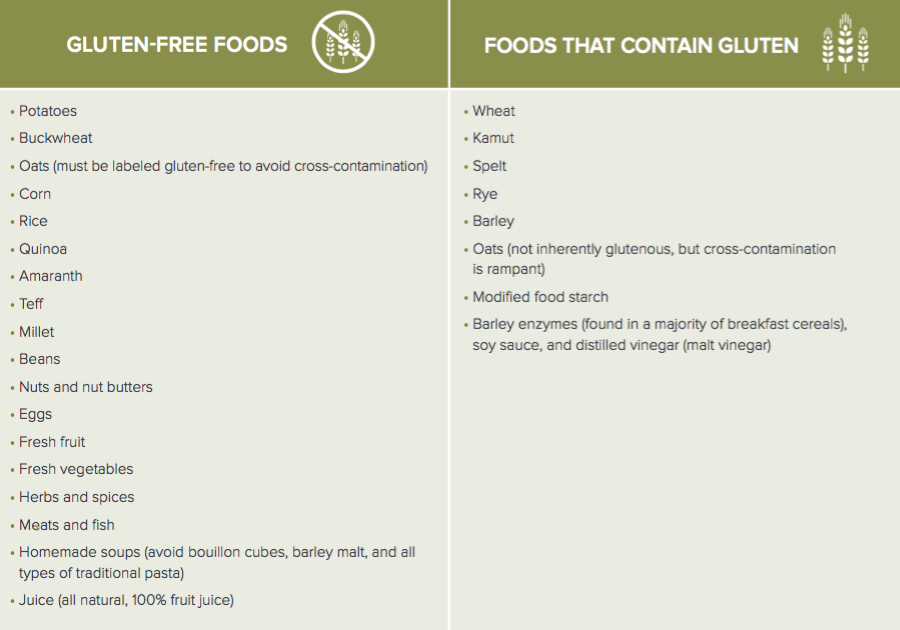Navigate the Grocery Store Like a Pro
Lesson 1
Considering you’re walking into a store with thousands of products and so much advertising it could make your head spin, how do you know what the good versus the bad foods are?

The main goal is to avoid the middle of the store and only shop the outside walls, meaning the produce, meats and frozen section. The middle aisles can be useful to find essentials like spices, sweeteners, etc, but steer clear of the snack aisles.
PRODUCE
Fruits and vegetables are a no-brainer when it comes to eating well. The more, the better! It’s important to chose local, seasonal, organic produce as often as possible, and to eat a rainbow variety of fruits and vegetables to ensure you’re getting the full spectrum of vitamins and minerals.
Curious what produce is the freshest each season?
You’ll be amazed at the benefits they can bring you.
- Deep greens help to purify the blood, strengthen your immune system and even help to ward of depression and anxiety – throw some spinach or kale in your smoothie!
- Red fruits and veggies help support heart and brain function – berries, apples, beets and apples are perfect.
- Orange fruits and veggies are full of beta-carotenes and vitamin C, which support eye health and immunity – clementines, carrots, papaya, etc.
- Yellow fruits and veggies can improve circulation – bananas and yellow peppers.
- White fruits and veggies reduce blood pressure and LDL cholesterol – turnips, cauliflower and coconut meat.
- Blue and purple fruits and veggies are rich in antioxidants, which help prevent early signs of aging and heart disease – try adding purple cabbage into your salad for lunch.
- Garlic, ginger and onions are known for their anti-bacterial and anti-viral benefits.
- Load up on sweet veggies like squash, carrots, yams, sweet potatoes and onions – they can help ward off sweet cravings.
Protein
There is a big variety of proteins out there, and everyone is different in what they prefer.
If you’re buying animal proteins like chicken, turkey or beef, make sure to look for labels such as organic, free-range, cage free, grass fed and certified humane. Meat comes in three different grades in the US - Prime, Choice and Select. Prime is the best choice, because it has good marbling (which means more flavor) and is best to roast or grill. Choice has less marbling than prime, and then select is the lowest grade. Aim to look for prime or choice if possible.
If you’re looking for plant-based protein, opt for beans or soy-free seitan. Beans are a great source of protein and super cheap to make. I prefer to buy dried beans in bulk, but if you're in need of saving time, canned beans are of course a great option, just look for the low sodium or salt free ones. I also love to pick up meatless meatballs in the freezer section along with Amy's Kitchen Quarter Pounder Vegetable Burgers.
Seafood
There is always a lot of concern around seafood, mainly because of it’s mercury content and where it came from and the quality of the fish.
Avoid fish like tilapia, which is a strictly farm raised fish. Instead, choose something local. In New England, cod, haddock, halibut, striped bass, swordfish and shellfish are great options that are typically wild caught.
Non-Dairy Cheese, Milk and Yogurt
Be sure to check labels for ingredients and sugar content. Almond milk or any other non-dairy milks can sometimes be loaded with artificial ingredients depending on the brand. Make sure to choose the unsweetened versions and look for organic brands.
When buying non-dairy yogurt, look for plain almond milk or coconut milk yogurts with the least amount of sugar.
As for non-dairy cheese, look for almond based shredded cheese, and be sure to check labels to avoid any soy products.
Whole Grains
A “whole grain” is literally the whole grain. “Whole wheat” is different than “whole grain”. “Wheat” is different than “whole wheat”. Look for labels that say "gluten free" and “whole grain” and you’ll get the entire nutritional write-up of the actual grain, without any refinement or processing.
Here is a helpful list of gluten free grains.
Oils

As much as the word “fat” gets a bad rap, oils are essential for brain function and vitamin absorption. You can get these healthy fats from sources such as nuts, seeds, coconut and avocado, or from oils like olive and sesame.
Avoid products labeled hydrogenated or refined, or anything bleached (light olive oil for example). Buy oils marked cold pressed and unrefined for the best quality.
Oils with high smoke points, such as sesame, pure olive oil, avocado oil, vegetable and peanut oil are good for high-heat frying and stir-frying. Steer away from coconut oil if cooking at a high temperature.
Extra Virgin Olive Oil (different than pure olive oil) is a great oil to use in vinaigrettes and marinades. For garlic infused oil, skewer some peeled garlic on a stick and leave it in the bottle for beautifully infused oil.
Condiments
These are a great way to flavor your meals, but be careful what you’re buying. Ketchup for instance contains so much sugar and so little actual tomato, and the same goes for things like mustard and BBQ sauce…sugar, sugar, sugar.
A few to add to your list:
- Primal Kitchen products - these are dairy, gluten and soy free marinades, dressings and sauces and they are delicious!
- Apple cider vinegar – use for tangy, sour flavors
- Spicy – grab a hot sauce or buffalo sauce
- Nutty flavors – tahini, nut butters or sesame salt
Herbs & Spices
Herbs and spices are a great way to add flavor to your recipes, without any added sugars or sodium.
Herbs can easily be bought dried, however I recommend buying basil, chives, cilantro, dill and parsley fresh. This is because those herbs in particular lose most of their flavors as soon as they are dried, giving you a dull flavor. Rosemary and oregano are great dried.
As for spices, you can't go wrong with pure spices. Smoked or seasoned salts and peppers are wonderful.
Store them in a cool, dry place - they do expire but will last longer when stored properly.







Leave a comment
Comment as a guest: